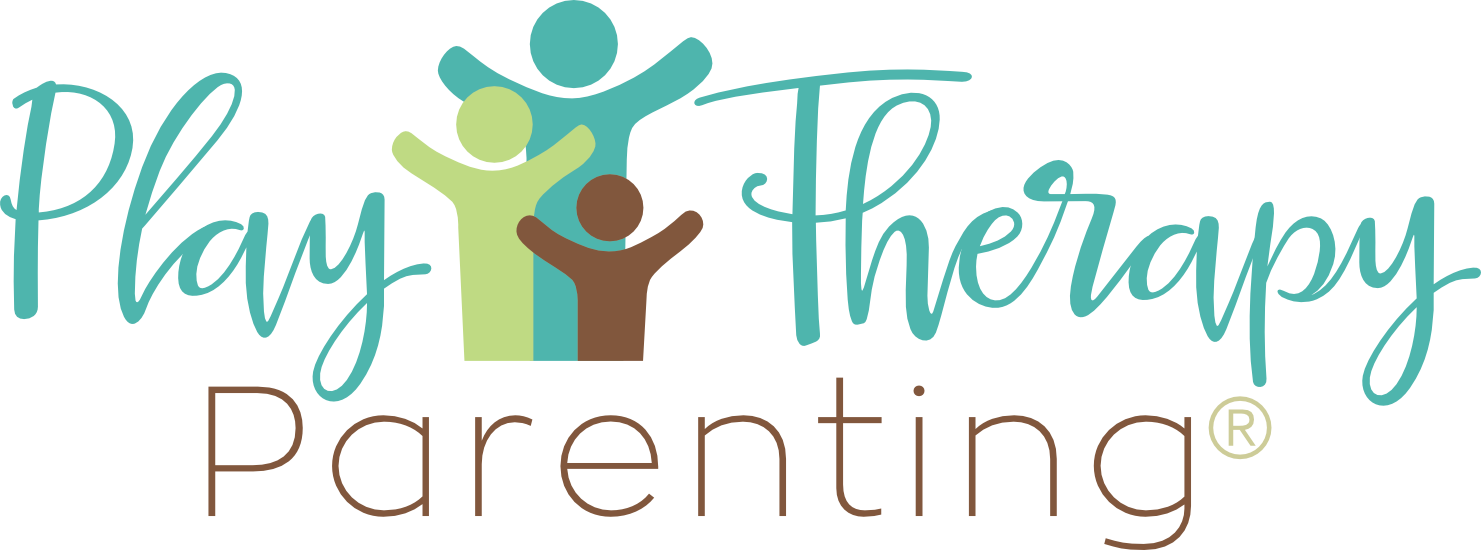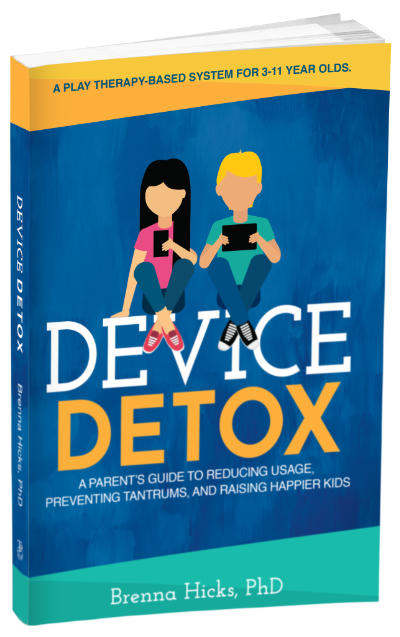S3E9 – Parent Companion for Play Therapy: Four Universal Outcomes of Child-Centered Play Therapy
In this episode of the Parent Companion for Play Therapy series, I explain the four universal outcomes of child-centered play therapy — the lifelong benefits every child gains from the process, no matter what brought them into therapy. While each child works through their own unique challenges, all children who experience CCPT develop four essential skills: an expanded emotional vocabulary, increased regulation, stronger self-esteem, and a broader worldview.
These outcomes don’t just help children right now; they impact every part of their future — from relationships to confidence to problem-solving. I walk through what each of these outcomes means, how they develop in play therapy, and how parents can support them at home.
Ask Me Questions: Call (813) 812-5525, or email: [email protected]
My Book: Device Detox: A Parent’s Guide To Reducing Usage, Preventing Tantrums, And Raising Happier Kids – https://a.co/d/bThnKH9
Podcast HQ: https://www.playtherapyparenting.com/
My Newsletter Signup: https://www.playtherapyparenting.com/newsletter/
My Podcast Partner, Gabb Wireless: https://www.playtherapyparenting.com/gabb/
The Four Universal Outcomes of Child-Centered Play Therapy
In this Parent Companion for Play Therapy post, we’re talking about something that applies to every child who experiences child-centered play therapy — the four universal outcomes.
Each child comes into therapy with their own unique challenges. One child may be anxious. Another might struggle with self-esteem. Another may be aggressive or have trouble regulating emotions. Play therapy addresses each child’s individual needs.
But in addition to those specific goals, every child who participates in CCPT gains four universal outcomes that are supported by research. These outcomes are lifelong — they influence how children grow, relate, and function far beyond childhood.
Outcome 1: A More Developed Emotional Vocabulary
Every child, and really every human being, benefits from a broader emotional vocabulary. Many adults still struggle to identify or communicate their feelings, and that lack of emotional awareness often shows up as frustration, withdrawal, or even aggression.
In child-centered play therapy, one of the therapist’s consistent skills is reflecting feelings. Over time, this helps children learn to name and understand their emotions. They begin to recognize, “I felt this way before. When I felt this way, my therapist said I was anxious. So now I know what I’m feeling is anxiety.”
Once a child can label their feelings, they can express them — and once they can express them, their needs can be met. Without that ability, children tend to act out their feelings through behavior instead of communicating them verbally.
Developing an emotional vocabulary gives children the language they need to manage emotions more effectively, both now and throughout their lives.
Outcome 2: Increased Regulation
The second universal outcome is regulation — emotional, behavioral, and even physical.
Children in CCPT learn how to control themselves, recognize what they need, and adjust their responses in a healthy way. Through the structure of play therapy, they gain practice in making choices, managing impulses, and taking responsibility for their actions.
In the playroom, children are given freedom and power within clear boundaries. This environment allows them to experience control safely, helping them learn to self-regulate.
Regulation is one of the most powerful life skills a child can build. It helps them remain calm, make better decisions, and respond rather than react — in therapy, at home, in school, and later in life.
Outcome 3: Stronger Self-Esteem
Every person is on a lifelong journey of developing identity and self-worth. For children, self-esteem grows when they experience success, trust their own abilities, and see themselves as capable and valued.
In CCPT, children are encouraged and given choices that build confidence. They begin to think, “I can handle this. I can trust myself.” Their internal dialogue shifts from doubt to belief in their own abilities.
As self-esteem grows, so does self-acceptance. Children begin to like who they are, trust their instincts, and feel capable of managing challenges. These traits carry into adulthood, influencing everything from relationships to work to parenting.
Outcome 4: An Expanded Worldview
The fourth universal outcome is an increased worldview — not in the global sense, but in how a child sees themselves in relation to others.
Young children are naturally self-centered — everything is viewed through the lens of “me” and “right now.” This is developmentally normal. Through the relationship with the therapist in play therapy, children begin to realize that their actions have an impact beyond themselves.
They start to notice things like:
- “I don’t like how I feel when I hurt someone’s feelings.”
- “I don’t like how I feel when I cheat at a game.”
- “I don’t like how I feel when I’m reckless and someone gets hurt.”
As they experience unconditional love and acceptance in the therapeutic relationship, they learn empathy, awareness, and responsibility. They develop an understanding that their choices affect others — and that awareness leads to more thoughtful, considerate behavior.
How the Four Outcomes Work Together
These four outcomes don’t happen in isolation. They work together and build on each other.
As a child’s self-esteem grows, they naturally become more regulated. As they become more regulated, their worldview expands. As their worldview expands, they develop a stronger emotional vocabulary. Each skill supports the next, creating a ripple effect of growth and maturity.
These universal outcomes unfold alongside the individual issues your child is working on in therapy. They are the deeper, lasting benefits that continue to shape your child’s development long after therapy ends.
Final Thoughts
Child-centered play therapy helps children work through their unique struggles, but it also provides something greater — lifelong growth in emotional intelligence, regulation, confidence, and perspective.
Every parent wants these outcomes for their child. Through CCPT, they don’t just overcome what’s difficult in the moment — they gain tools and capacities that support their wellbeing for the rest of their lives.

